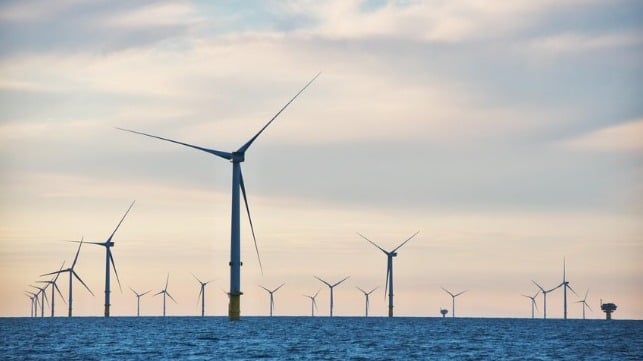UK Must Realize Its Biggest Allocation Round This Year to Meet Energy Goals

Without action to address price inflation, capital cost, and UK supply chain competitiveness, the UK’s offshore energy industry trade association OEUK warns the UK will fail to meet the government’s Clean Power 2030 (CP30) targets. The group is recommending a series of government investments building on the efforts launched by the Labour government since coming to power in 2024 while highlighting that the September wind allocation round (AR7) will have to be the biggest ever if the UK is to stay on course to meet the goals of between 43 and 51 GW of installed offshore wind capacity.
In 2024, the National Energy System Operator (NESO) published the Clean Power 2030 (CP30) report, setting out recommendations to the UK government on the design of a clean power grid by 2030. With a goal to accelerate progress to net zero by eliminating emissions that currently come from electricity generation, CP30 also aims to ensure that the heating, transport, and industry sectors are powered by electricity. Further, the association highlights its belief that the UK has the capacity to become a major exporter of wind energy.
Wind power is a key component of the UK’s energy system, its share of the UK’s electricity amounting to 29.5 percent in 2024. Of that, offshore wind contributed 17.2percent of total electricity generation.
“Meeting the government’s 2030 target of 43 and 51 GW of installed offshore wind capacity means securing £15bn of private investment in offshore wind each and every year between now and 2030,” said Thibaut Cheret, OEUK’s Wind & Renewables Manager. “The government’s next Contract for Difference auction in Allocation Round 7 (AR7), which incentivizes new low-carbon electricity generating projects, will need to secure historic levels of renewable energy procurement.”
The group is calling for the government to “front-load” the initiative, starting with efforts to ensure that Allocation Round 7 (AR7) is the most ambitious auction round yet for the UK. The Association asserts that AR7 needs to clear a record 8.4GW of offshore wind capacity to maintain the course toward CP30.
To support the build-out of the generation capacity, OEUK highlights that the timely delivery of transmission infrastructure will be essential. They highlight that rebuilding the National Grid electricity transmission grid will be a massive task. They believe a grid investment program of £58 billion ($77 billion) will be required to support 50 GW of offshore wind energy capacity by 2030.
Interconnectivity it notes will also be required. The group’s report says a North Sea integrated grid could save £37 billion ($49 billion) per year and cut wholesale prices by a fifth, and would avoid system duplication.
It is also calling for a further £65 billion ($86.5 billion) to be invested in UK offshore wind over the next five years. OEUK asserts that it has the potential to transform the growth outlook for the UK.
While they believe there should be a focus on homegrown energy, making the most of UK resources, the association, however, also says there will be a continued role for gas-fired power generation to balance the grid. It is calling for the progressive deployment of gas with carbon capture and storage technology, and in due course converting to hydrogen-fueled power generation.
